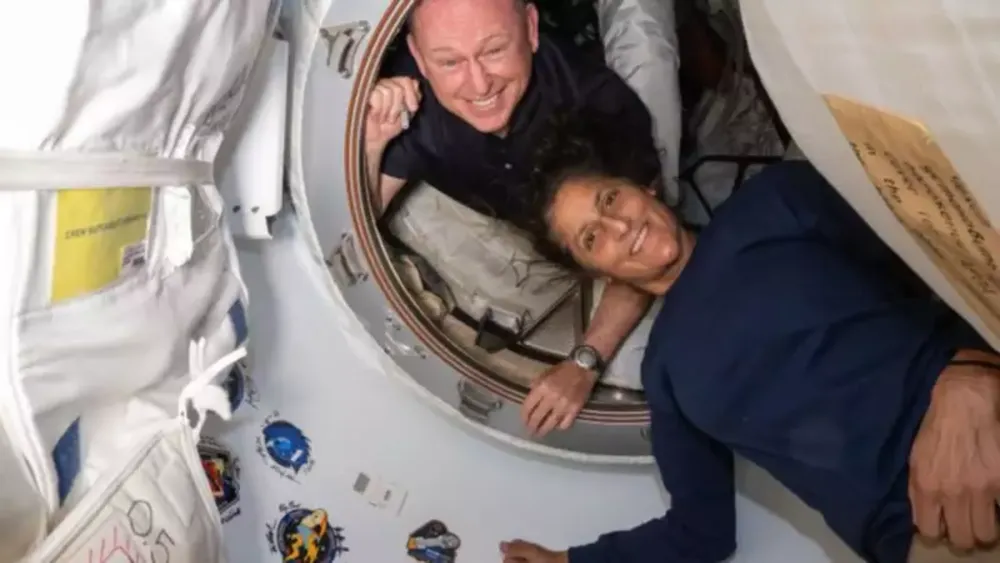

NASA astronaut Sunita Williams is preparing to vote in the US presidential election from the International Space Station (ISS), orbiting 400 km above Earth. Astronauts unable to reach polling stations can vote using a system similar to absentee ballots. After submitting a Federal Post Card Application, they receive an electronic ballot that travels 1.2 million miles to Mission Control in Texas via secure satellite transmission. This method ensures confidentiality, with only the astronaut and county clerk having access to the ballot. Williams is not the first astronaut to vote from space; previous astronauts have done so in past elections.


NASA astronaut Sunita Williams is preparing to vote in the US presidential election from the International Space Station (ISS), orbiting 400 km above Earth. Astronauts unable to reach polling stations can vote using a system similar to absentee ballots. After submitting a Federal Post Card Application, they receive an electronic ballot that travels 1.2 million miles to Mission Control in Texas via secure satellite transmission. This method ensures confidentiality, with only the astronaut and county clerk having access to the ballot. Williams is not the first astronaut to vote from space; previous astronauts have done so in past elections.
•Astronauts use a system similar to absentee ballots to vote from space.
•After applying for an absentee ballot, they receive an electronic version.
•The ballot travels 1.2 million miles to Mission Control in Texas.
•Secure transmission is ensured via the Tracking and Data Relay Satellite System.
•Only the astronaut and county clerk have access to the ballot for confidentiality.
•Williams is among several astronauts who have voted from space in past elections.
Need any assistance with your queries?
Our AI chatbot support is always available to provide answers to any questions but to begin with, here are some of our most asked questions
How do astronauts vote from space?
What ensures the confidentiality of the astronaut's vote?
Who was the first astronaut to vote from space?








